Employee Time Tracking Software helps companies monitor, analyze, and report employee work hours, enhancing productivity and compliance. These systems integrate seamlessly with payroll solutions, ensuring smooth operations.
Employee Time Tracking Software provides accurate data on work hours, assisting in better resource allocation and payroll processing. Organizations can reduce timesheet errors by using automated tracking, leading to significant cost savings. Additionally, these tools aid in regulatory compliance, ensuring all work hours are recorded accurately.
What key features should be considered?Industries like healthcare, retail, and manufacturing benefit significantly from Employee Time Tracking Software. These tools help manage shift-based work, ensuring accurate and fair compensation while maintaining compliance with industry-specific regulations.
Employee Time Tracking Software is instrumental in ensuring organizations can efficiently manage their workforce, reduce administrative burdens, and maintain accurate records.
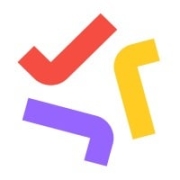





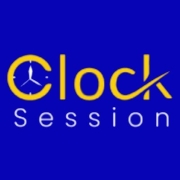
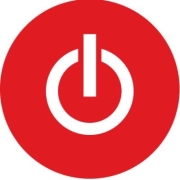
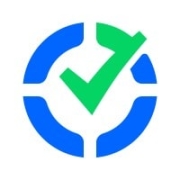



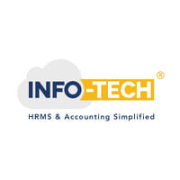



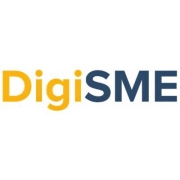

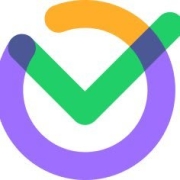


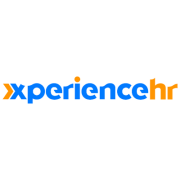



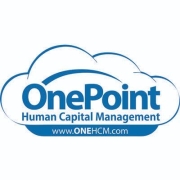

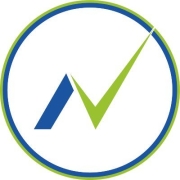

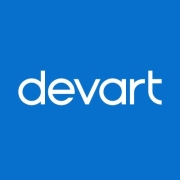
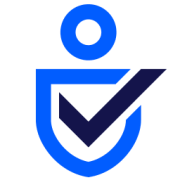









Employee Time Tracking software is a valuable tool for businesses to monitor and manage their workforce's productivity and attendance. There are several types of Employee Time Tracking software available in the market, each offering unique features and functionalities. Here are some of the different types of Employee Time Tracking software:
1. Traditional Time Clocks: These are physical devices that employees use to punch in and out of work. Traditional time clocks are often used in industries where employees work in a centralized location, such as manufacturing or retail. They require manual input and can be prone to errors or buddy punching.
2. Web-Based Time Clocks: Web-based time clocks are accessed through a web browser or mobile app. Employees can log in and out using their credentials, and the software records their working hours. This type of software is suitable for businesses with remote or distributed teams, as it allows employees to clock in from anywhere with an internet connection.
3. Biometric Time Clocks: Biometric time clocks use unique physical characteristics, such as fingerprints or facial recognition, to verify an employee's identity when clocking in or out. This type of software eliminates the possibility of buddy punching and provides accurate attendance records.
4. Mobile Time Tracking Apps: Mobile Time Tracking apps are designed for employees to track their working hours using their smartphones or tablets. These apps often include GPS tracking, project management, and expense tracking features. Mobile time-tracking apps are ideal for businesses with field or remote workers.
5. Project-Based Time Tracking Software: Project-based Time Tracking Software allows employees to track the time spent on specific projects or tasks. This type of software benefits businesses that bill clients based on hours worked or need to allocate resources efficiently.
6. Employee Monitoring Software: Employee Monitoring Software tracks employees' activities on their computers, including websites visited, applications used, and time spent on each task. This type of software is useful for businesses that want to ensure productivity and prevent time wastage.
7. Integration with Payroll Systems: Some Time Tracking software integrates with payroll systems, making it easier to calculate employee wages and process payroll. This integration eliminates the need for manual data entry and reduces the chances of errors.
In conclusion, Employee Time Tracking software comes in various forms, each catering to different business needs. Whether it's traditional time clocks, web-based solutions, biometric devices, mobile apps, project-based software, employee monitoring tools, or payroll integrations, businesses can choose the type that best suits their requirements to effectively manage and track their workforce's time and attendance.
Employee Time Tracking software is a tool designed to accurately record and monitor the time employees spend on various tasks and projects. It offers a streamlined and efficient way to track and manage employee work hours, ensuring transparency and accountability within an organization. Here is an overview of how Employee Time Tracking software works:
1. Time Capture: Employees log their work hours by starting and stopping a timer or manually entering the time spent on each task. The software captures the start and end times and any breaks taken during the work period.
2. Project and Task Allocation: Employees can assign their time entries to specific projects or tasks, allowing for accurate tracking of time spent on different activities. Managers can allocate tasks to employees and set deadlines, ensuring proper time management and resource allocation.
3. Real-time Monitoring: Managers and supervisors can monitor employee activities and progress in real-time, gaining insights into their productivity and workload. The software provides visibility into who is working on what, allowing for better coordination and resource planning.
4. Reporting and Analytics: Employee Time Tracking software generates comprehensive reports and analytics based on the recorded time data. Managers can analyze these reports to gain insights into employee performance, project progress, and resource utilization. Reports can be customized to include specific metrics, such as billable hours, overtime, or project costs.
5. Integration with Payroll and Billing Systems: Time-tracking data can be seamlessly integrated with payroll and billing systems, simplifying the process of calculating employee wages and client invoices. This integration ensures accurate and efficient payroll management, reducing errors and saving time.
6. Mobile and Remote Access: Many Employee Time Tracking solutions offer mobile and remote access, allowing employees to track their time from anywhere, using their smartphones or other devices. This feature is particularly useful for remote workers or employees who frequently travel.
7. Compliance and Security: Employee Time Tracking software often includes features to ensure compliance with labor laws and regulations. It may also offer security measures, such as user authentication and data encryption, to protect sensitive employee information.
In conclusion, Employee Time Tracking software simplifies and automates the process of tracking and managing employee work hours. It provides real-time monitoring, reporting, and integration capabilities, enhancing productivity, transparency, and accountability within an organization.
Employee Time Tracking software is a valuable tool for businesses of all sizes, providing numerous benefits that enhance productivity, efficiency, and accuracy in managing employee time and attendance. This software automates the process of tracking and recording employee work hours, simplifying payroll management and ensuring compliance with labor regulations. Here are the key benefits of implementing Employee Time Tracking software:
1. Accurate Time Tracking: The software enables employees to accurately record their work hours, eliminating manual errors and discrepancies. This ensures that employees are paid accurately for the time they have worked, reducing payroll disputes and boosting employee satisfaction.
2. Streamlined Payroll Management: Employee Time Tracking software integrates seamlessly with payroll systems, automating the calculation of wages, overtime, and other pay-related factors. This eliminates the need for manual data entry, saving time and reducing the risk of errors.
3. Increased Productivity: By tracking employee time, businesses gain insights into how time is being utilized. This allows managers to identify areas of inefficiency and implement strategies to improve productivity. Additionally, employees are more likely to stay focused and productive when they know their time is being monitored.
4. Enhanced Project Management: Employee Time Tracking software provides real-time visibility into the progress of projects. Managers can easily monitor the time spent on each task, identify bottlenecks, and allocate resources effectively. This improves project planning, ensures timely completion, and enhances overall project management.
5. Compliance with Labor Regulations: Employee Time Tracking software helps businesses comply with labor laws and regulations by accurately tracking employee work hours, breaks, and overtime. This reduces the risk of non-compliance penalties and legal disputes.
6. Remote Workforce Management: With the rise of remote work, Employee Time Tracking software enables businesses to effectively manage and monitor remote employees. It allows employees to log their work hours from anywhere, ensuring accurate time tracking and facilitating remote team collaboration.
7. Data-Driven Decision-Making: Employee Time Tracking software generates comprehensive reports and analytics, providing valuable insights into employee productivity, project costs, and resource allocation. This data enables managers to make informed decisions, optimize workflows, and improve overall business performance.
8. Employee Accountability: By implementing Employee Time Tracking software, businesses promote a culture of accountability. Employees are aware that their work hours are being monitored, which encourages punctuality, reduces time theft, and fosters a sense of responsibility.
In conclusion, Employee Time Tracking software offers numerous benefits that optimize time management, streamline payroll processes, improve productivity, and ensure compliance. By automating time tracking, businesses can focus on core operations, make data-driven decisions, and foster a more efficient and accountable workforce.